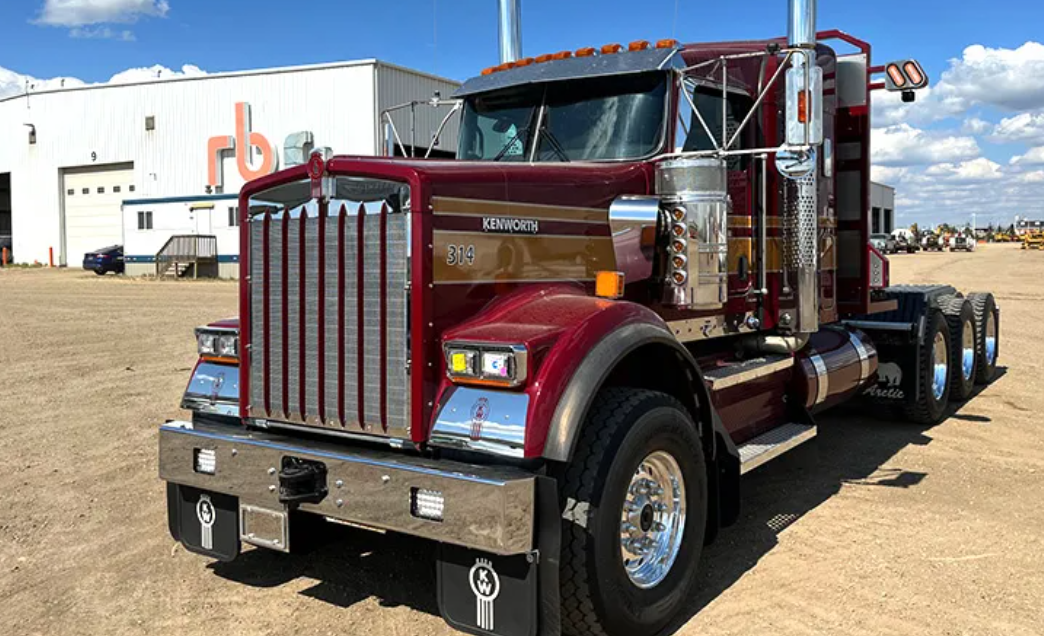
The Environmental Protection Agency (EPA) is a federal agency that is responsible for regulating the emission of air pollutants from various sources, including vehicles. The EPA has established a number of regulations governing trucks and truckers in order to reduce air pollution and protect public health.
Some of the key EPA regulations that apply to trucks and truckers include:
- Emission standards: The EPA has established emission standards for a variety of pollutants, including nitrogen oxides (NOx), particulate matter (PM), and hydrocarbons (HC). These standards apply to new trucks and engines and are designed to reduce the amount of harmful pollutants that are released into the air.
- Testing and certification: The EPA requires that all new trucks and engines be tested and certified to ensure that they meet the applicable emission standards.
- Reporting and recordkeeping: The EPA requires that trucking companies maintain records of the emissions produced by their vehicles and report this information to the agency on a regular basis.
- Idling restrictions: The EPA has established limits on the amount of time that a truck can idle in order to reduce emissions. These limits vary depending on the type of vehicle and the location where the idling is taking place.
Overall, the EPA regulations governing trucks and truckers are designed to reduce air pollution and protect public health. Trucking companies and drivers are required to comply with these regulations in order to operate legally.

HOW THE EPA’S NEW REGULATIONS ARE AFFECTING TRUCKERS
With the upcoming changes to these regulations they are expecting an increase in useful life of governed vehicles by 1.5 to 2.5 times, and emissions warranties to 2.8 to 4.5 times longer than trucks under the current standards. The rules also requires manufacturers to better ensure that the vehicles engines and emission control systems work correctly while on the road. They must also demonstrate that the engines are designed to prevent tampering with the controls by limiting tamper-prone access to the controls.
The EPA is looking to impose on Trucks Model year 2027 and newer standards that will reduce NOx emissions by 80%, going from the current imposed regulation of 200 milligrams per horsepower hour to 35 milligrams per horsepower hour.
WHAT ARE THE HARMFUL EFFECTS OF NOX
Nitrogen oxides (NOx) are a group of air pollutants that are released into the atmosphere as a result of combustion, such as that which occurs in vehicle engines. NOx consists of a number of different compounds, including nitrogen dioxide (NO2) and nitrogen monoxide (NO).
NOx can have a number of harmful effects on human health and the environment. Some of the potential impacts of NOx include:
- Respiratory problems: NO2 can irritate the respiratory system and cause coughing, wheezing, and difficulty breathing. It can also worsen conditions such as asthma and emphysema.
- Heart problems: NO2 can also have negative effects on the cardiovascular system, increasing the risk of heart attacks and other problems.
- Damage to plants and ecosystems: NOx can contribute to the formation of ground-level ozone, which can be harmful to plants and ecosystems. Ozone can damage the leaves of plants, reducing their ability to photosynthesize and grow.
- Acid rain: NOx can contribute to the formation of acid rain, which can have a range of negative impacts on the environment, including the acidification of lakes and streams and the erosion of buildings and other structures.
Overall, NOx can have a number of harmful effects on human health and the environment. It is important to reduce NOx emissions in order to protect public health and the environment.
Overall, NOx can have a number of harmful effects on human health and the environment. It is important to reduce NOx emissions in order to protect public health and the environment.
The EPA estimates by the end of 2045 these new changes will result in the following public health benefits:
- Up to 2,900 fewer premature deaths
- 6,700 fewer hospital admissions and emergency department visits
- 18,000 fewer cases of childhood asthma
- 3.1 million fewer cases of asthma symptoms and allergic rhinitis symptoms
- 78,000 fewer lost days of work
- 1.1 million fewer lost school days for children
- $29 billion in annual net benefits
Even with the health benefits, truckers still will have issues dealing with the EPA.
SOME GENERAL ISSUES TRUCKERS FACE WITH DEALING WITH THE EPA?
There are a variety of issues that truckers may have with dealing with the Environmental Protection Agency (EPA) and its regulations. Some of the common issues that truckers may encounter include:
- Complexity of regulations: The EPA has established a number of regulations that apply to trucks and truckers, and these regulations can be complex and difficult to understand. This can make it challenging for truckers to comply with the regulations and avoid fines or penalties.
- Cost of compliance: Some of the EPA regulations that apply to trucks and truckers may require the purchase of new equipment or the retrofit of existing equipment. This can be costly and may be a burden for smaller trucking companies.
- Lack of clarity: Some truckers may find it difficult to determine exactly what is required of them in order to comply with the EPA regulations. This can lead to confusion and uncertainty about how to operate legally.
- Limited flexibility: The EPA regulations may be inflexible and may not take into account the unique circumstances of individual trucking companies or drivers. This can make it difficult for truckers to operate efficiently and effectively.
Overall, while the EPA regulations are important for protecting public health and the environment, they can also present challenges for truckers. It’s important for trucking companies and drivers to be aware of the regulations that apply to them and to make an effort to comply with them in order to avoid fines and other penalties.
With the changes in regulations, many fear it will affect independent drivers and small businesses who will find it difficult to upgrade to these newer and compliant vehicles. Todd Spencer, president of the Owner-Operator Independent Drivers Association (OOIDA) said in a prepared statement, “If small business truckers can’t afford the new, compliant trucks, they’re going to stay with older, less efficient trucks, or leave the industry entirely”.
BLOOM SERVICES, INC
Here at Bloom Services, Inc we pay 82% gross load, our drivers average $3,000, plus a week take home and an annual take home pay of $120,000-180,000. With many of our drivers becoming owner-operators after three years. Our program is set up to benefit good and solid truck drivers.
If you are interested in taking home over $3,000 + a week in a stellar rental or lease-purchase program. Apply right away or call our office for more information (630)-504-6126. We look forward to hearing from you.



office & Parking depot
5120 Belmont Rd Unit K, Downers Grove, IL 60515, USA
Hours of operation
Mon - Sun: 7am-5pm
